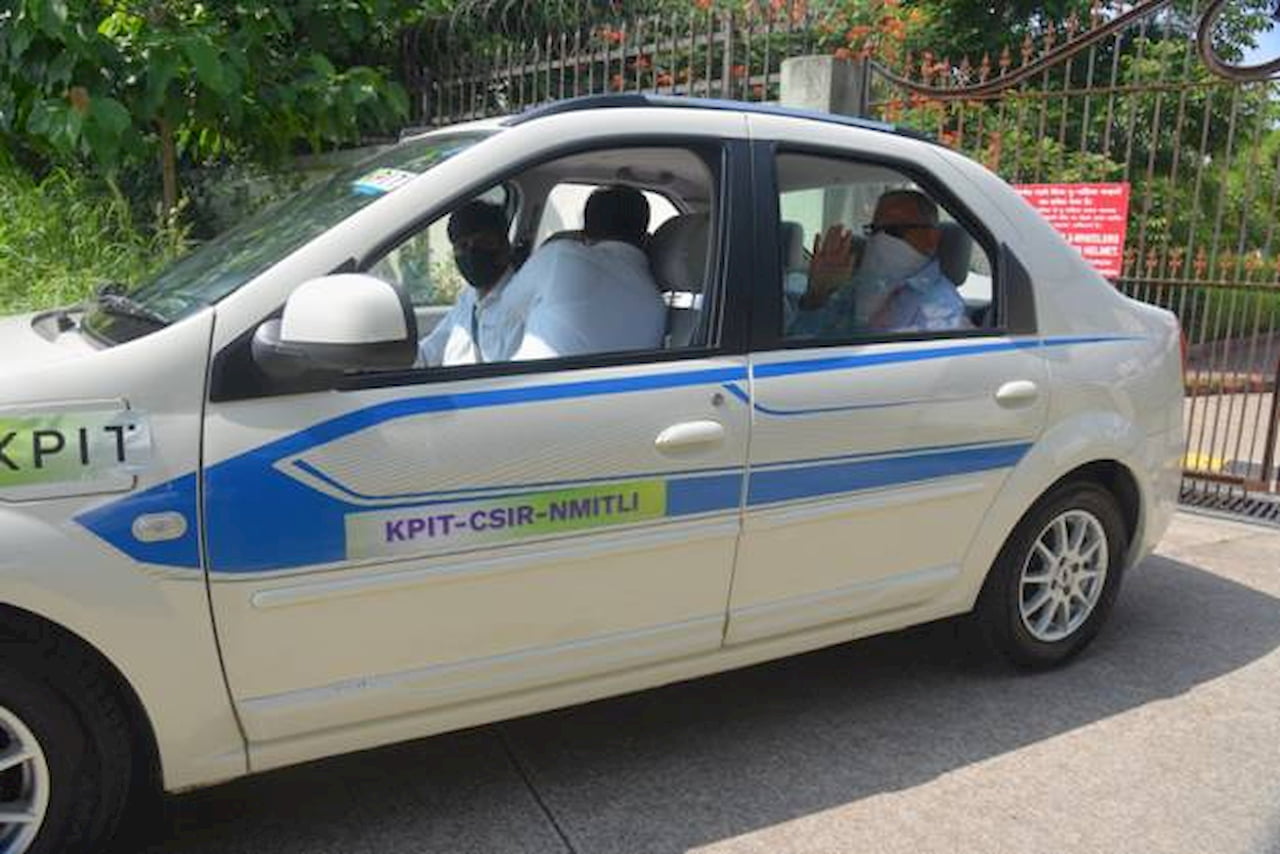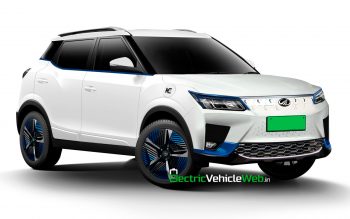The first hydrogen fuel cell electric car of India is not a Hyundai or a Toyota. It’s a Mahindra, the Mahindra eVerito to be specific.
Council of Scientific and Industrial Research (CSIR) and KPIT have worked on a Mahindra Verito prototype that runs on a hydrogen fuel cell stack developed in-house at CSIR’s National Chemical Laboratory in Pune, Maharashtra. This hydrogen fuel cell stack is a 10 kWe Low-Temperature Proton Exchange Membrane Fuel Cell (LT-PEMFC).

CSIR says that the membrane electrode assembly of the PEM fuel cell technology is its contribution to the FCEV project. KPIT brought its expertise in stack engineering, which included light-weight metal bipolar plate and gasket design, development of the balance of plant, system integration, control software and electric powertrain.
CSIR and KPIT retrofitted the 72-volt battery-electric platform of the Mahindra eVerito with a hydrogen fuel cell stack this time, but the former says that the technology is more suited for commercial vehicles such as buses and trucks. Some of the world’s biggest automakers, like Volkswagen, for instance, are also of the same opinion, that hydrogen fuel cell technology is more suited for commercial vehicles. Hyundai is already shipping hydrogen fuel cell heavy-duty trucks, the Hyundai Xcient, to markets across the globe now.
The Mahindra eVerito hydrogen fuel cell prototype features a Type III commercial hydrogen tank that can store around 1.75 kg of H2 at about 350 bar pressure. It has a range of approximately 250 km when driven at 60-65 km/h speeds. Below is a short video clip of the vehicle tweeted by Mr Anil Kakodkar.
Congratulations @KPIT & @CSIR for taking hydrogen mobility on the road through an indigenous solution. Look forward to #KPIT achieving similar milestone with heavy vehicles and buses and eliminate range anxiety with clean, carbon emission free competitive mobility solution. pic.twitter.com/05C9ar2tn9
— Anil Kakodkar (@anil_kakodkar) October 9, 2020
Hydrogen fuel cell is an expensive technology, and its application involves many challenges in addition to the cost. India’s passenger car market will likely see a switch to battery electric vehicles before Hydrogen powered models become prevalent.


![5 things you should know about the Mahindra eKUV100 [Update]](https://electricvehicleweb.com/wp-content/uploads/2021/02/Base-Mahindra-eKUV100-front-spy-shot-350x197.jpg)
